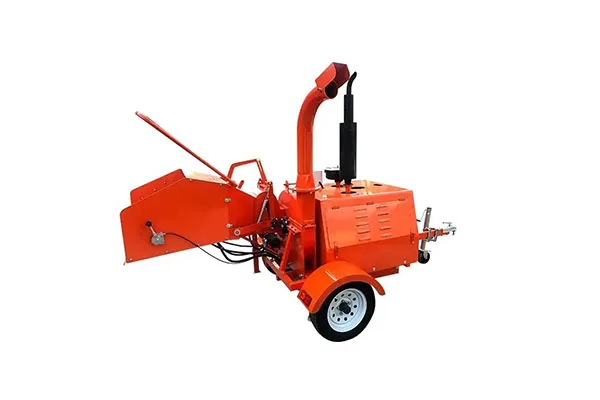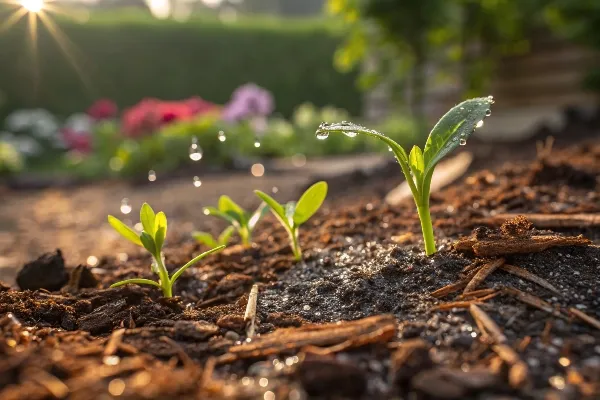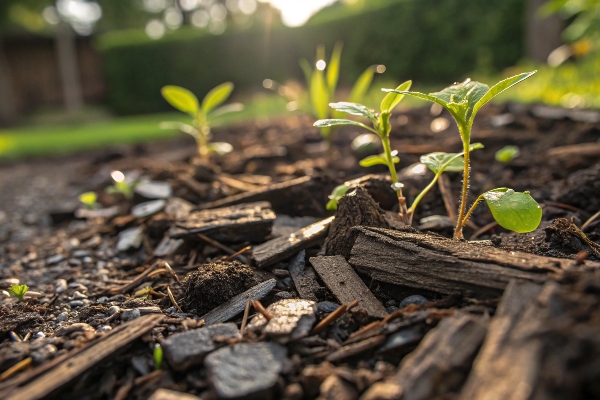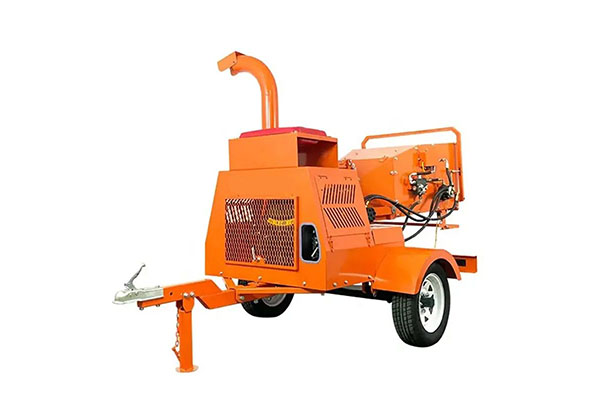Avoid your inquiry is delay response, please enter your WhatsApp/Skype along with the message, so we can contact you at the very first time.
We will reply you within 24 hours. If for urgent case, please add WhatsApp/WeChat: +8613791936882 ,. Or call +86-18678911083 directly.
Sometimes, garden waste piles up. My friend felt stuck, so I searched for a quick way to handle branches. That is where a wood chipper helps.
A wood chipper cuts branches and yard debris into small pieces. It has sharp blades inside. It turns large scraps into manageable chips for gardening or compost.

Wood chipper
I wonder if sawdust helps more than I thought. These chips and dust might have both advantages and disadvantages. I have also learned what must not go inside.
My friend once asked if sawdust improves soil. I realized it might help in many ways. I looked deeper to find practical perks.
Sawdust helps retain moisture in soil. It can serve as mulch. It can reduce weed growth, too. It can help create a slow-release of nutrients if used well.

sawdust
Many gardeners appreciate sawdust because it is versatile. I like how it supports moisture retention around flowers or new seedlings. I see that it keeps the roots cool and damp, especially in hot weather. This helps me avoid constant watering. That is good for me because I want to save time. I also want to reduce maintenance.
Sawdust can help reduce weeds. It forms a protective layer on top of soil. Weeds struggle to push through. This saves me more effort. I do not need to pull weeds as often. I also notice that sawdust can add some organic matter to the soil if it breaks down slowly. This might improve soil structure over time. I do not expect a huge jump in nutrients, but the extra organic content can help.
I use sawdust around flower beds or near delicate plants. Sawdust can also help with walkway traction in some areas. I avoid using fresh sawdust directly around very sensitive plants, because it might cause slight nitrogen depletion as it decomposes. To balance that:
| Action | Benefit |
|---|---|
| Compost first | Reduces nitrogen lockup |
| Mix with soil | Encourages gradual breakdown |
| Add fertilizer | Maintains nutrient balance |
I learned that sawdust is not perfect for every scenario. But I find it helpful when used thoughtfully. I enjoy using it for aesthetics too. A uniform layer of sawdust looks neat and tidy in my greenhouse corners. That gives everything a finished look.
One day, I spread wood chips around my shrub area. Then I realized some issues. I found a few downsides that changed my view.
Wood chips can limit nitrogen in soil. They can slow water flow if they form a thick layer. They also demand space for storage. They can become messy once they decompose.

wood chips
At first, I loved the look of wood chips. They create a rustic feel in my garden. But I noticed they might not always release nutrients fast. They need time to break down. If they are fresh, they can rob the soil of nitrogen. This is because the microorganisms that decompose the wood need nitrogen, so they pull it from the surrounding soil. That can leave plants a bit deprived. I had to add extra fertilizer to compensate.
Another issue is related to water infiltration1. If the layer of wood chips is too thick, it can block water from reaching the roots. In times of light rain, that top layer might soak up water and keep it from going deeper. This can leave certain plants thirsty. I now spread a moderate layer and check soil moisture regularly.
I also discovered that storing wood chips can become a problem. They take up room, and wet chips can start to smell bad or attract insects. I tried to keep them in a covered area, but I had to watch for mold. On top of that, once wood chips begin to break down, they can get slimy. This can cause slippery walkways, which is not safe for me or guests.
I now use wood chips in moderation. I keep a watchful eye on soil nitrogen2. I add compost or a balanced fertilizer if needed. I also avoid putting wood chips next to thin-stemmed seedlings, because the chips might smother them. I have learned to find a balance, so I still gain the aesthetic benefits without the headaches.
I once tried to chip some random materials. I learned the hard way that not everything can go into a wood chipper. I want to share my experiences.
Never put stones or metal in a wood chipper. Avoid processed wood with nails, glue, or paint. Do not feed large roots with dirt attached. Keep it for fresh or dried branches only.

wood chipper input
I once made the mistake of tossing old lumber with nails into my chipper. It jammed and caused damage to the blades. Then I had to spend time fixing it. It also became a safety problem, because metal fragments can fly out. After that incident, I read the manual carefully. I discovered that wood chippers can handle branches, twigs, and some bark. But they are not built for stone, plastic, or metals.
I also realized that painted or treated wood is risky. The chemicals and paint can produce dust or fumes that are unsafe. I do not want to breathe that in. I also want to protect the environment. I recommend finding separate disposal methods for treated wood.
Some folks try to chip wet or muddy roots. That can clog the machine3 and dull the blades. I recommend shaking off soil or rinsing roots if you need to. But large, thick roots might still be too hard for some machines. Always check your model’s limits.
| Material | Risk |
|---|---|
| Metal (nails) | Damages blades, safety hazard |
| Painted wood | Releases unsafe dust/fumes |
| Rocks or gravel | Can cause severe blade damage |
| Thick, muddy roots | May clog and dull the machine |
I learned to inspect any material I plan to chip. It saves me frustration and money. I now keep a separate pile for questionable items. I also label those piles clearly to avoid confusion. Wood chippers are great for proper yard debris, but they need care and caution to last.
I have found that wood chippers are helpful when used wisely. Sawdust and chips can be valuable. But we must watch for limitations. Good practices bring great results.